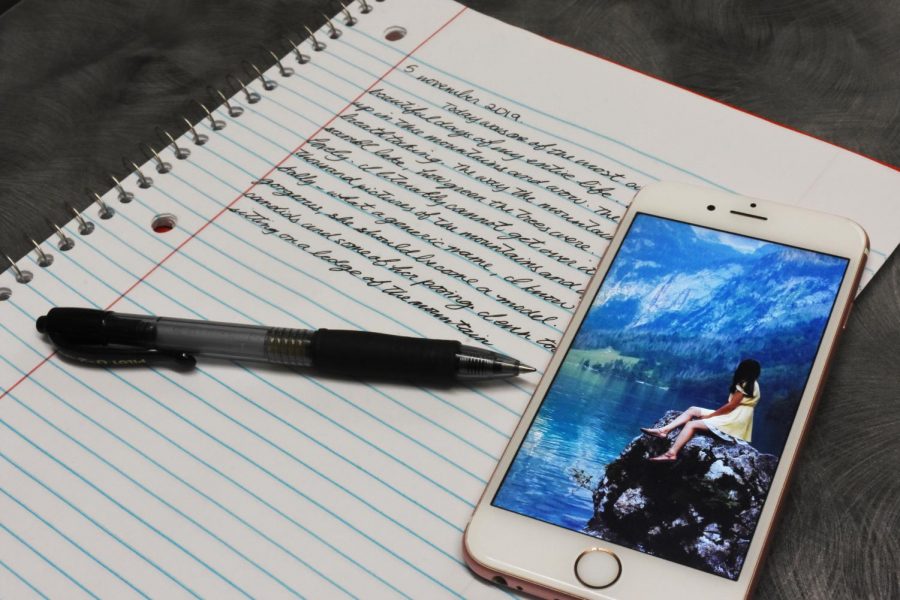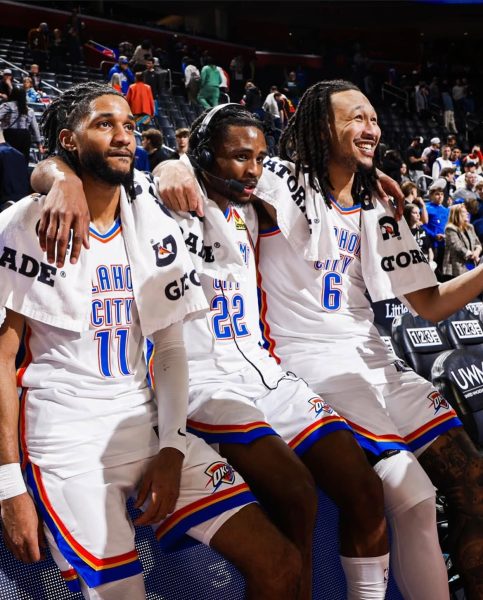Journaling in the 21st Century
Humans have one thing in common: the illogical and time consuming desire for remembrance. Our endless camera rolls are just one of the things that testify this need to save and document everything that happens in our lives. As I’ve come to realize, the camera has been the most popular outlet by far to document our lives in this day, and it’s very clear that’s the ongoing trend as social media companies base their entire platforms on the use of the camera. However, how meaningful can the camera alone be as a channel to capture our past effectively?
While cameras have been around for quite a while, it wasn’t until 2002 when they began getting implemented into smartphones, starting with the Nokia 7650. Today, photos and videos are constantly being taken, saved and shared. All of our media directly saves into our camera roll, where it is sorted by date, time and even location.
So, what’s the problem with this method of documenting our lives? It seems perfectly convenient to us, and easy to make memories last. The issue with this is not that photos and videos are the improper method to save our memories. The issue is that media alone simply isn’t enough to invoke the entirety of the memory for those who truly want to save it.
Another form of documentation is social media. One can say that social media is a platform to share memories with family or friends who live far away, or that social media is just the way they document their memories. While this is a form of documenting, is it raw and posted for the sake of others. Are these memories really based on how one was feeling at the time? And more importantly, one should ask if posts document the full story on what was happening.
The question whether or not memories via social media are raw can be debated but easily answered using logic. One of the most popular arguments against this claim is the private story or account. Many users on social media platforms have a public account as well as a private one limited to only their very close friends, where they post the more real side of their lives. This can definitely be a better, more personal way of saving memories. There is a flaw to this though: it’s temporary. How likely is it that you won’t delete your Instagram or Tumblr posts from eighth grade? Social media is still widely used as a source of communication and documentation but it has issues with recording the full picture of our lives, and therefore needs something else.
The camera and social media are two wonderful and innovative ways to record the events of our lives. Nothing is wrong with either. In fact, many are satisfied with how they decide to document lives. Whether its spread out into every single social media app, neatly organized in a physical or digital photos album, or saved in another creative way. A multitude of people have forgotten one of the oldest ways to document, especially in their own daily lives. Writing.
Many people associate the word “journaling” with writing. In reality, we journal everyday, as it is defined as a “a daily record, as of occurrences, experiences, or observations” according to Dictionary.com. Whenever we take a picture or a video we are journaling. The problem is that many don’t do it effectively. As you scroll through your old social media posts or your photo library, it’s about as helpful as a picture book with few to no words. Only so much information about that moment in particular will be available to retain, and sometimes our own memories aren’t enough. In order to journal effectively and fully relive our old memories in the future, we need to combine the traditional and new method of journaling: writing and media.
While there are several different ways to achieve this, both are an essential tool to successfully save memories, and both need each other. Videos and pictures can visually remind one of an event, while the writing component can capture the true feelings and thoughts on that said event.
The next time something important happens, write about it. Take a picture or a video. Something as simple as a thought out sentence with a picture can be a treasure to look back at in a few years.

Co editor-in-Chief Alessio Haro enjoys creating comics and taking long walks in his free time. He is unsure what he wants to do in college, but he plans...







